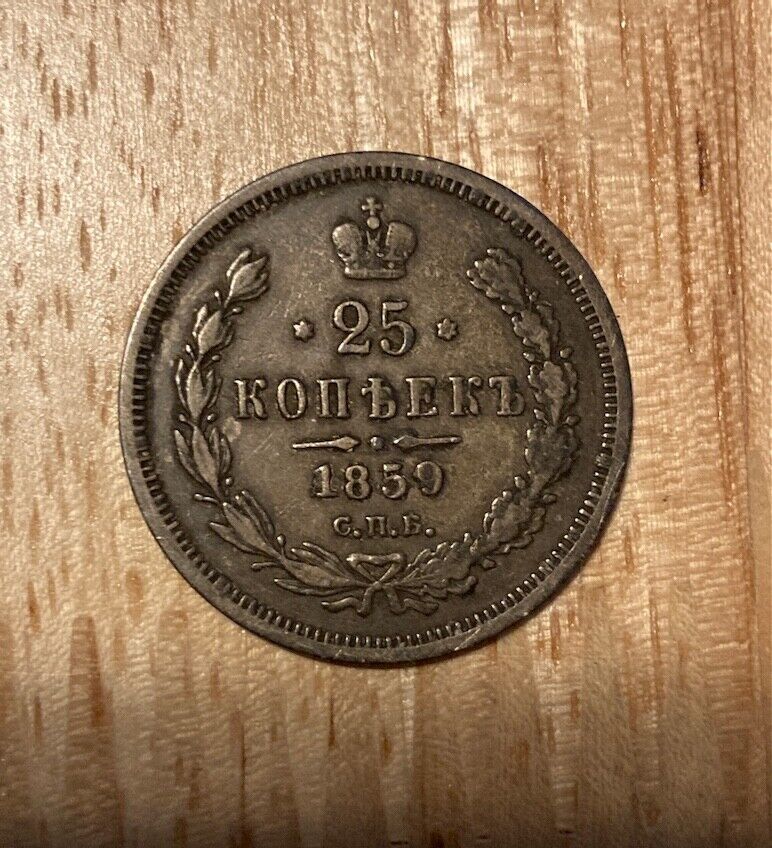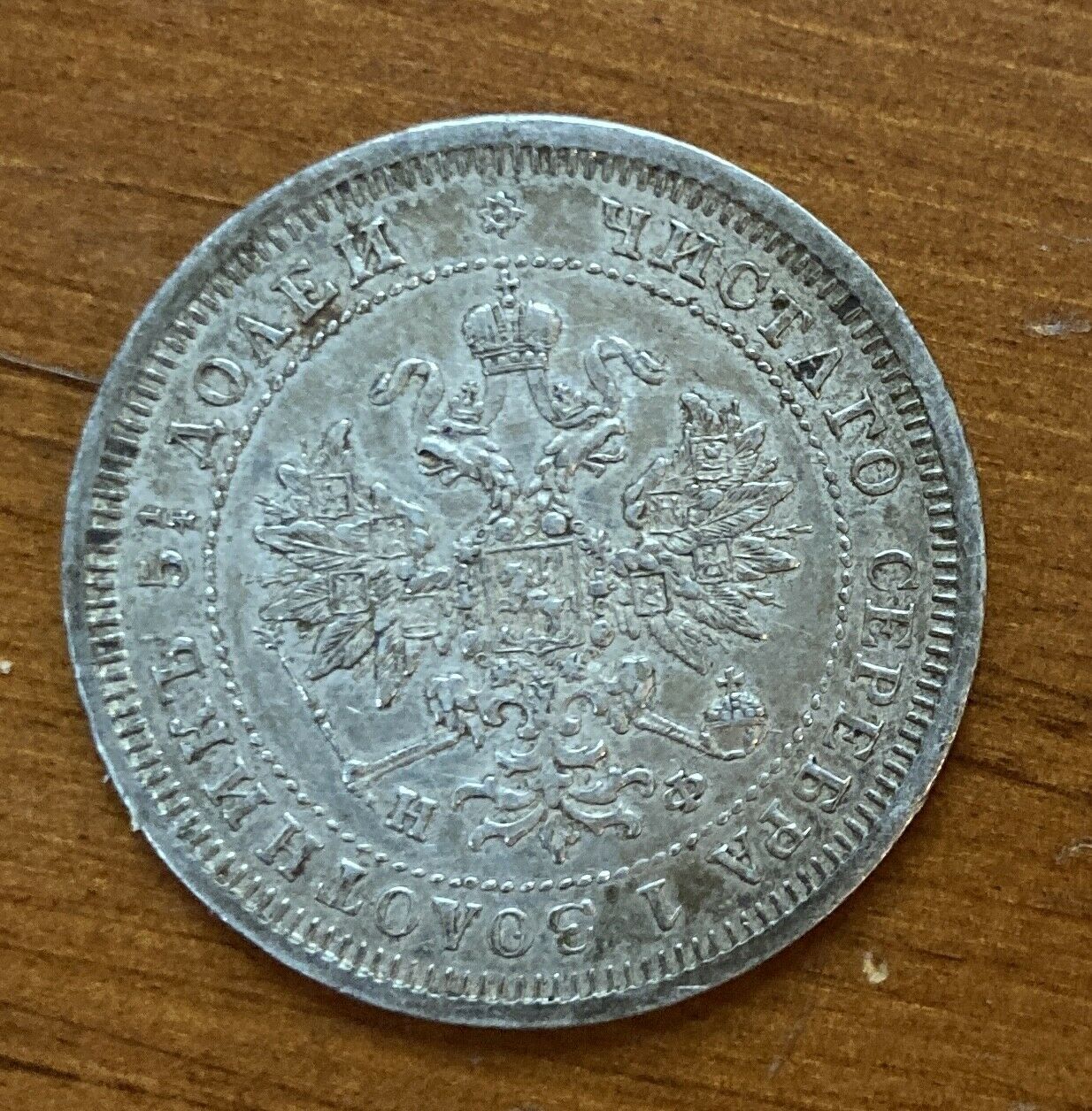-40%
Rare coin Poltina 1741 St. Petersburg John Antonovich Russian Empire
$ 0.66
- Description
- Size Guide
Description
!!! Rare coin Poltina 1741, St. Petersburg John Antonovich St. Petersburg Mint. Russian Empire.Letters: СПБ
Circulation: 60 301 pcs.
Metal: silver (sample 802).
Weight: 12,93 g.
Diameter: 34 mm.
Mint:
St. Petersburg
Obverse:
in the center is a portrait of Emperor John Antonovich, facing to the right, under it is the designation of the mint "
С:П:Б
(St. Petersburg). Along the edge of the coin is the inscription "
ИОАНН.III.Б.М.ИМП:ИСАМОД:ВСЕРОСС:
" (John III, By the Grace of God, is the Emperor and Autocrat of All-Russia".
Reverse:
in the center is the image of the Coat of Arms of the Russian Empire – a double-headed eagle with a scepter and a power, crowned with three imperial crowns. On the chest of the eagle is a red coat of arms surrounded by a chain of the Order of St. Andrew. Above – the year of minting "1741", on the right along the edge of the inscription - "МОНЕТА.", on the left - "ПОЛТИНА.." (poltina coin). There is a jagged rim around the edge of the coin.
Gurt:
After the death of the Empress Anna Ioannovna, a new difficult task arises for the masters of the stamp business: at the time of Anna's death, her successor, Ivan Antonovich, was only two months old. Throughout 1740, Anninsky portraits were embossed, and only the following year rubles, half-rubles and dimes with a portrait of a six-month-old baby appeared.
Portraits are cut in St. Petersburg by Ivan Levkin (Johann Lefken). In Moscow, they are trying to make a copy of the sample sent from St. Petersburg with great difficulties. Adrian Ivanov and Osip Kalashnikov are involved in its creation (it is known from the report of the Mint Office that Osip Kalashnikov in 1741 "for dissatisfaction at the mint of carvers sends the carving of stamps to the case of ruble and fifty coins", but his work does not satisfy the chief director). In the end, an apprentice, Fyodor Nagibin, is sent to Moscow, equipped with" contra-punzons " (queen cells) of the ruble and half a ruble. Although with difficulty, he manages to make their working stamps. The obverse side is a portrait of the infant emperor in a laurel wreath and the inscription: "John III b m imp I samod Vseros", the reverse side is a double-headed eagle and the inscription "half a coin" and the date. The sample is 802, the standard weight is 12.93 grams.
After the accession of Elizabeth Petrovna to the Russian throne, the circulation of these coins is prohibited by the decree of December 31, 1741. According to the statement of November 14, 1746, 7,830 fifty kopecks remained not withdrawn.
Edge-a grid or an inscription of the "Moscow mint" or "St. Petersburg mint".




















